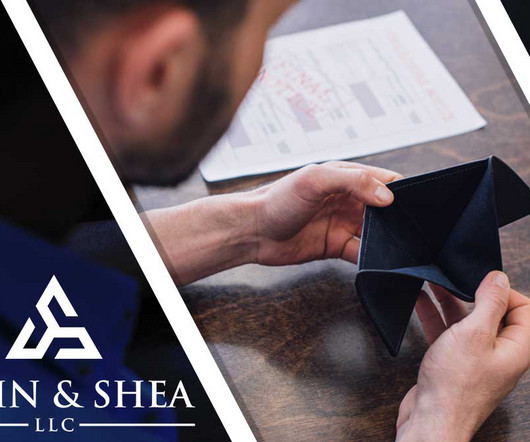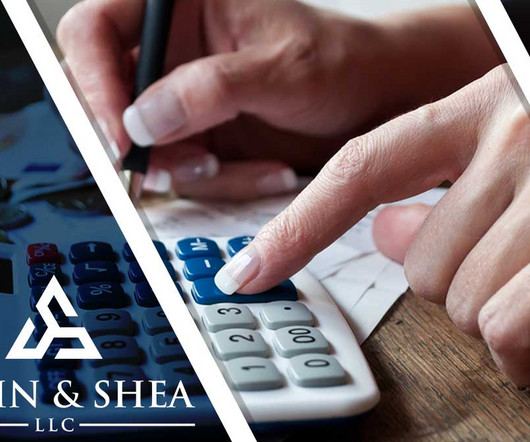How Much Debt Is Needed to File for Bankruptcy?
Sawin & Shea
MAY 2, 2024
Whether you’re facing foreclosure , repossession, wage garnishments, or relentless creditor harassment, our expertise in bankruptcy law can offer the protection and relief you’ve been seeking. One of our firm’s key strengths lies in our comprehensive understanding of both Chapter 7 and Chapter 13 bankruptcy options.











Let's personalize your content